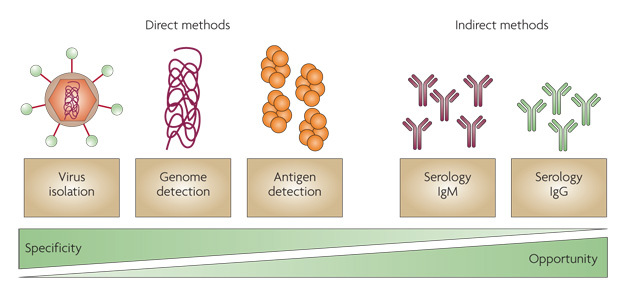
Wednesday, February 19, 2014
Scientists are investigating the mechanisms by which the dengue virus causes disease by focusing on understanding dengue pathogenesis, the virus itself, and vector biology. two important approaches to control dengue may be by controling vectors and educating public on dengue symptoms. Vaccin for dengue may be difficult because of characteristic of dengue virus itself. More research needed.
Subscribe to:
Post Comments (Atom)
No comments:
Post a Comment